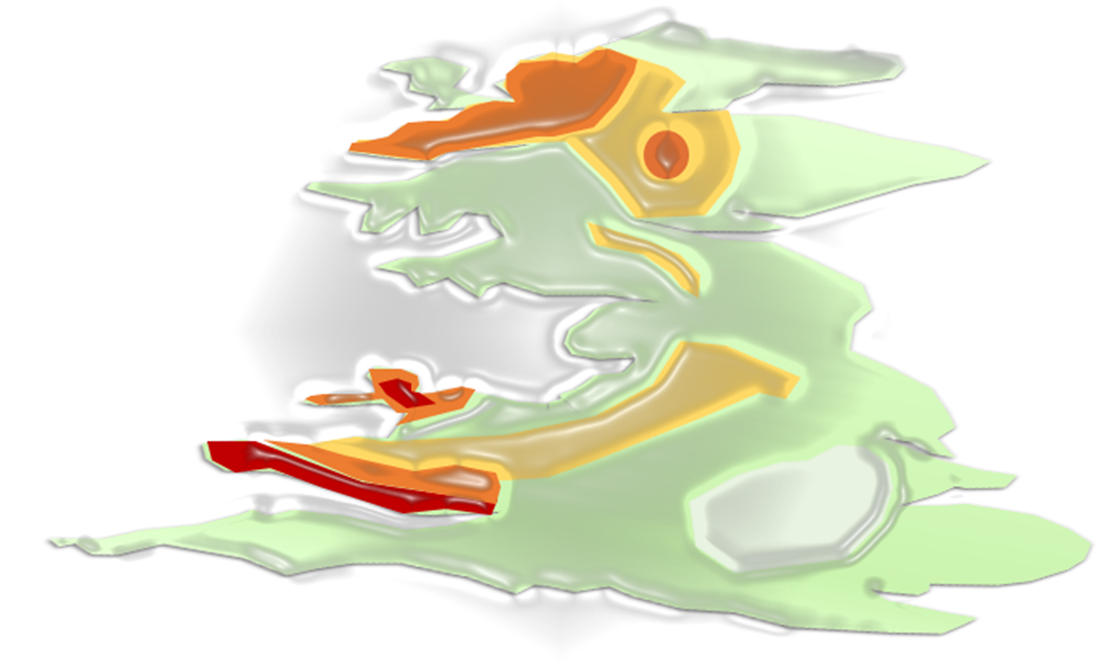 Seismic Hazard and Risk Assessment
Seismic Hazard and Risk Assessment
Seismic hazard assesses the probability of exceeding a particular level of ground motion in a time interval in the area of study. This is achieved through the analysis of historical seismic catalogues and, in the case of critical areas, enhancing the study with higher-resolution monitoring of baseline seismic activity. Seismic Risk includes the impact of site effects and vulnerability of buildings and structures on the overall risk to due to natural or induced ground vibration. At ASC, we provide the analysis of regional and local seismic hazard critical for any engineering or infrastructure development project, including:
- Review of ground motion including PGV, PPV, and PGA.
 Probabilistic Seismic Hazard Assesement (PSHA)
Probabilistic Seismic Hazard Assesement (PSHA) - Design and implementation of tailored high-resolution seismic monitoring arrays for completion of seismic catalogue in sparsely monitored areas
- Analysis of the protocols developed by relevant national regulators.
- Review available information on observed seismicity.
- Integrate the seismic activity with geology, structure (including faults) and in-situ stresses in the target area to avoid potential interference with existing critically stressed faults.
- Monitor the nature, geometry, growth pattern and extent of the mobilised or induced fracture network growth during engineering operations.
- Provide mitigation advice by combining historical natural and induced seismicity catalogue, the response of local traffic light system, and engineering data.
- Comparing different seismic scales including intensity scales.
- Implement the Traffic Light System in compliance with local regulations. Advise on operations in the case of Amber or Red seismic events between hydraulic fracturing stages in accordance with the Traffic Light System.
- Construct predictive models of damage and fracture evolution based on local geomechanical properties and different engineering scenarios
- Dynamic modelling for engineering design, factor of safety prediction, research and testing, and back-analysis of failure.
- Characterise the effects on a variety of civil structures from induced seismic events. This includes:
- Physical damage or integrity degradation to rocks or reservoirs;
- Physical damage to civil infrastructure, such as buildings, dams, slopes, underground laboratories.
- Human activity interference


